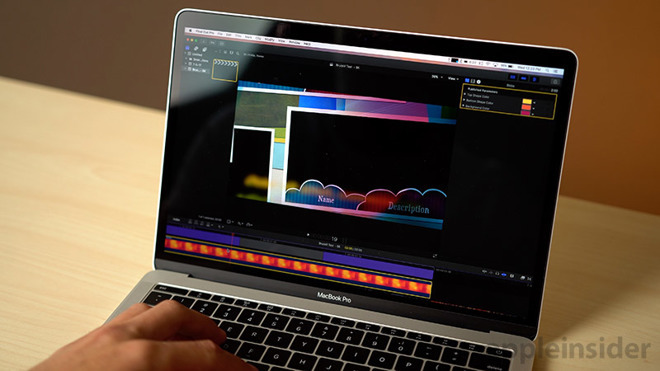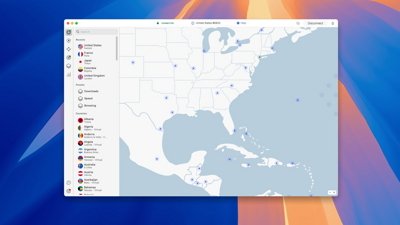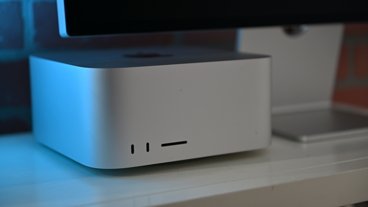According to Apple documentation, the old bandwidth limitation on the 13-inch MacBook Pro is a thing of the past.
Apple's shift to a processor with more PCI-e channels is responsible for an increase in total bandwidth to the new 13-inch MacBook Pro. The previous dual-core i5-7360U processor in the 13-inch MacBook Pro with Touch Bar had 12 PCI-e lanes for communication.
The new model has the i5-8259U processor, with 16 PCI-e lanes. More PCI-e lanes allow for both Thunderbolt 3 controllers of the machine to have full data path width, and as such, full speed.
Apple detailed the bandwidth limitation on a document covering Thunderbolt 3 connectivity after the 2016 MacBook Pro was released. Specifically, the two ports on the older notebook's right hand side provide full Thunderbolt 3 functionality, but have reduced bandwidth, while the left pair retains full PCIe throughput.
For this reason, Apple recommended connecting high performance peripherals like fast Thunderbolt 3 RAID arrays via the left-hand ports. The 15-inch MacBook Pro model has always supported full PCI-e bandwidth on each of its four Thunderbolt 3 ports.
 Mike Wuerthele
Mike Wuerthele




-m.jpg)



 Malcolm Owen
Malcolm Owen
 William Gallagher
William Gallagher
 Amber Neely
Amber Neely

 Andrew Orr
Andrew Orr

 Christine McKee
Christine McKee
 Andrew O'Hara
Andrew O'Hara








16 Comments
hmm, seems the 13 inch is the pick of this update.
Don’t care.
No parallel printer port, no deal.
Maybe in 2019, Cook will finally deliver a Mac laptop with the built-in rotisserie we’ve been screaming for.
MFW I realize I've been plugging my 5K display into the wrong ports...
Good! As far I know Apple doesn't make it easy to know which ports had full speed. Maybe we'd put to memory which ports could support a 5K display or other peripherals, and why, but the typical user shouldn't. Luckily, this probably wan't ever a major issue.